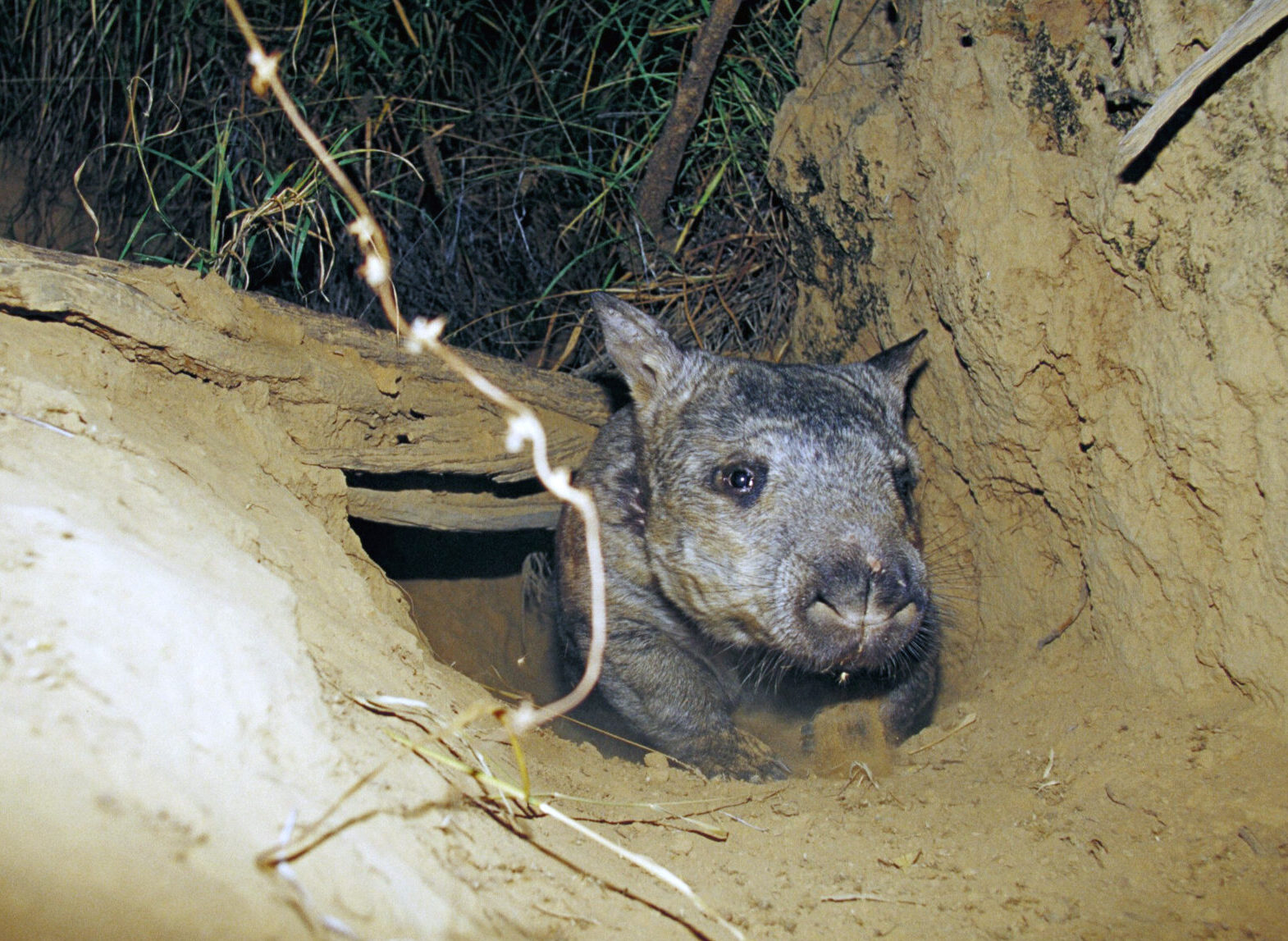| Common name | Blue dragon |
| Scientific name | Glaucus atlanticus |
| Type | Mollusc |
| Diet | Small venomous siphonophores, such as bluebottle jellyfish, and similar creatures floating at the ocean’s surface |
| Average lifespan | No longer than a year |
| Size | Less than 3cm long |
This stunningly-coloured marine creature is a small type of nudibranch (sea slug) that lives with its underside facing upwards in water near the surface of the ocean.
Other nudibranchs usually live lower down in the water column or on the sea floor, but this species keeps itself afloat by swallowing and maintaining an air bubble in the stomach.
Blue dragons are sometimes found washed up on beaches, where their bright colouration makes them stand out against beach sand.
In the water, however, this vibrant blue is superb camouflage as, when viewed from below, it seems to disappear against the water. It’s also thought that this colouration may reflect harmful UV rays.

The species occurs in temperate and tropical waters of the Pacific, Atlantic and Indian oceans and in Australia is found mostly along the mainland’s south-east coast, from southern Queensland to northern Victoria. It’s not been reported from Tasmanian waters.
Blue dragons have recently been turning up in areas where they’ve not been seen before, and it’s believed reasons for this may involve warming oceans and increased storm activity due to climate change.
Among the main natural predators of blue dragons are loggerhead turtles. But an even more potent threat to these creatures is believed to be ocean pollution.

Blue dragons feed on venomous siphonophores such as the Portuguese man-o-war and bluebottle, which also occur in ocean surface waters. The dragons appear immune to the nematocysts – stinging cells – of these jellyfish-like creatures.
They incorporate these cells into multiple finger-like structures protruding from their bodies, which provides them with a potent form of protection from predators.
These nematocysts and the venom they contain can be painful to people who touch them, meaning that if you come into contact with a blue dragon the experience can be like being stung by a bluebottle.
The venom released by these cells remains active even after blue dragons die.









